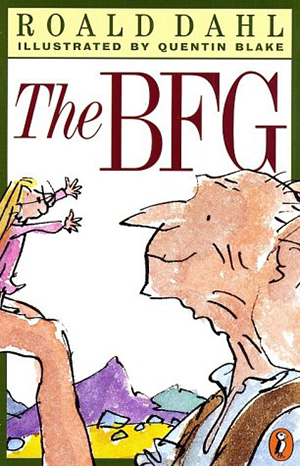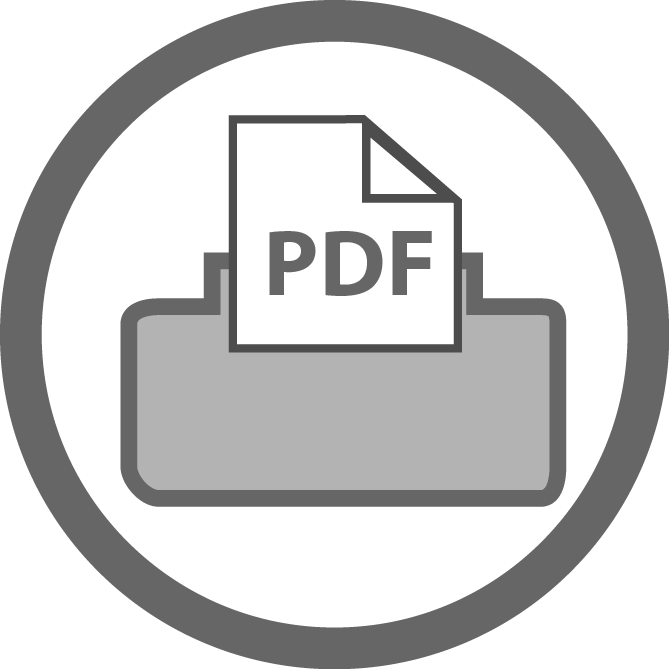 by Roald Dahl
by Roald Dahl
The BFG is no ordinary bone-crunching giant. It’s lucky for Sophie that he eats snozzcumbers instead of human beans. Had she been carried off in the middle of the night by the Bloodbottler, or any of the other giants – rather than the BFG – she would have soon become breakfast. When Sophie hears that the giants are flush-bunking off to England to swollomp a few nice little chiddlers, she decides she must stop them once and for all. With the BFG’s help, the two heroes set off to Buckingham Palace to visit Queen Elizabeth II and unveil their plan to stop the villainous giants.
Strategies/Skills Used
Reading Strategy 5: Make mental pictures.
Reading Strategy 6: Connect what you read with what you already know.
Reading Strategy 7: Determine the most important ideas and events and the relationship between them.
Reading Strategy 10: Summarize what has been read.
Reading Strategy 11: Make inferences and draw conclusions.
Reading Strategy 12: Reflect and respond.
Writing Skill 2: I organize my ideas based on my purpose for writing.
 TEACHING THE ACTIVITY: PRE-READING
TEACHING THE ACTIVITY: PRE-READING
(1) Introduce and/or review that good readers make pictures in their minds of stories they hear or read, in order to better understand what is going on in the story.
(2) Divide students into groups of three or four and provide each group with a short selection of text from The BFG to work with.
(3) Student groups will read their passage, imagine what it would look like, and then choose how they will represent it in the form of frozen statues.
(4) Allow the class to guess what is happening in each group’s scene. Students can confirm or deny guesses and then explain or read the passage to the class.
(5) Ask students to make predictions about the story based on all the statue scenes that were presented.
 TEACHING THE ACTIVITY: DURING READING
TEACHING THE ACTIVITY: DURING READING
(6) Using the Listen-Sketch-Draft strategy, read a chapter from The BFG (e.g. “The Royal Breakfast”) aloud to the class, and break the chapter into three logical “chunks.”
 (7) Remind students to listen to the passage and to form images in their minds of the scene, characters, setting and mood. Inform them that they will be using the Listen-Sketch-Draft Graphic Organizer to begin to organize and draft their thoughts.
(7) Remind students to listen to the passage and to form images in their minds of the scene, characters, setting and mood. Inform them that they will be using the Listen-Sketch-Draft Graphic Organizer to begin to organize and draft their thoughts.
(8) Stop reading after each chunk in order to discuss, sketch and draft. Allow time to talk about the sketches and the big ideas in that passage.
(9) Have students write/draft what the passage is about, and repeat this process for all three chunks.
(10) After reading the chapter, ask the class to share the important details that they remember from the chapter and to summarize the big ideas. (For instance, the breakfast table was set up from a ping-pong table and four grandfather clocks in the Grand Ballroom of Buckingham Palace.) Record student responses on the board so the class can refer to them later.
 TEACHING THE ACTIVITY: POST-READING
TEACHING THE ACTIVITY: POST-READING
(11) Use the Read-Draw-Confirm strategy, and explain to students that they will take the mental images they formed during the previous activity and illustrate them.
 (12) If you choose “The Royal Breakfast” chapter, give students the handout Read-Draw-Confirm: Make a Mental Picture.
(12) If you choose “The Royal Breakfast” chapter, give students the handout Read-Draw-Confirm: Make a Mental Picture.
(13) Remind students that once they feel they are finished their illustration, they must confirm that their drawing is both accurate and complete by re-reading the text. Encourage them to add any details or make any necessary changes to complete their illustration.
(14) Have students write a short summary about their illustration, identifying the main ideas conveyed in the passage that is being represented.
 TEACHING THE ACTIVITY: POST-READING EXTENSION
TEACHING THE ACTIVITY: POST-READING EXTENSION
(15) Use the Scene One instructional activity to elicit “Roald Dahl”-like language from students.